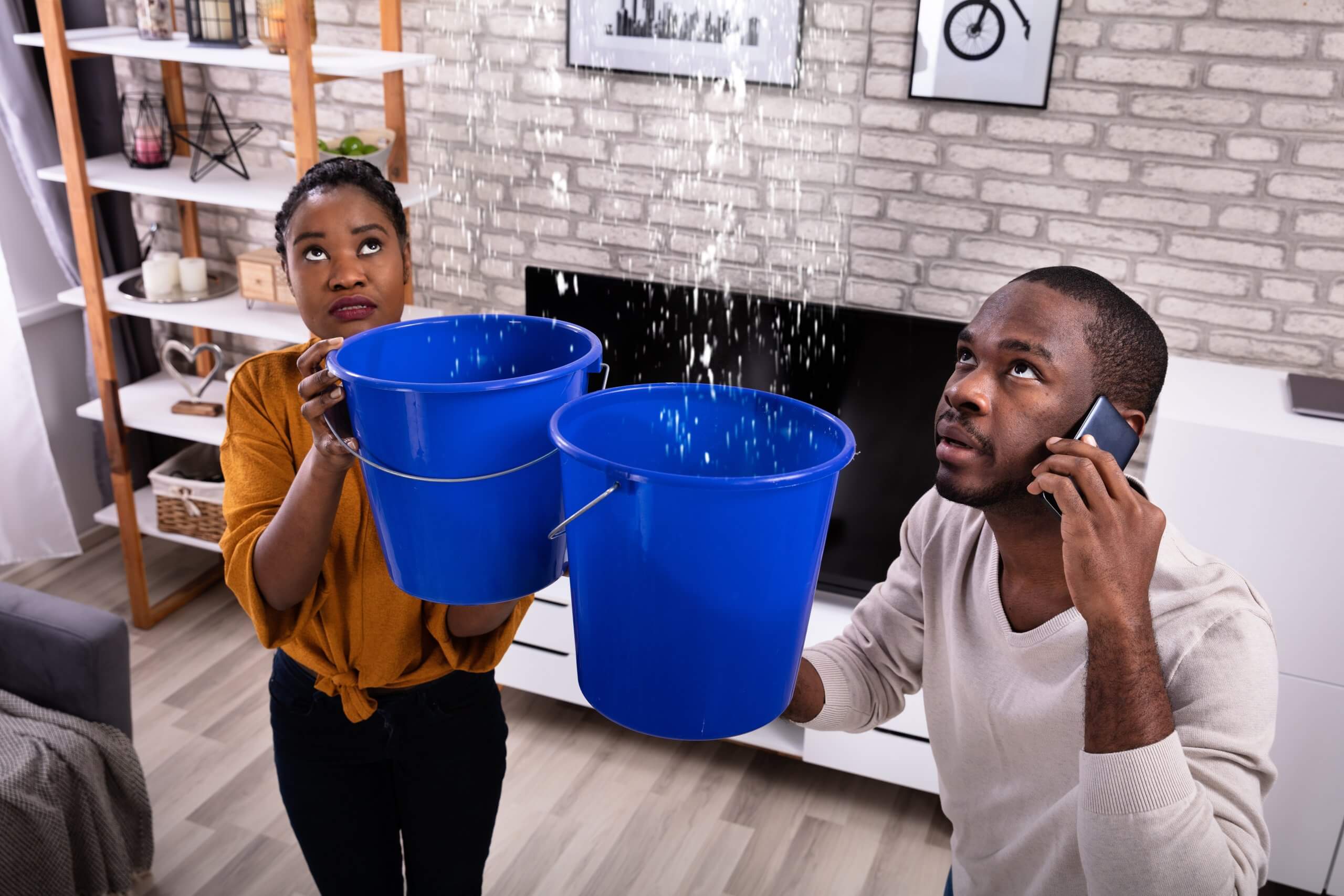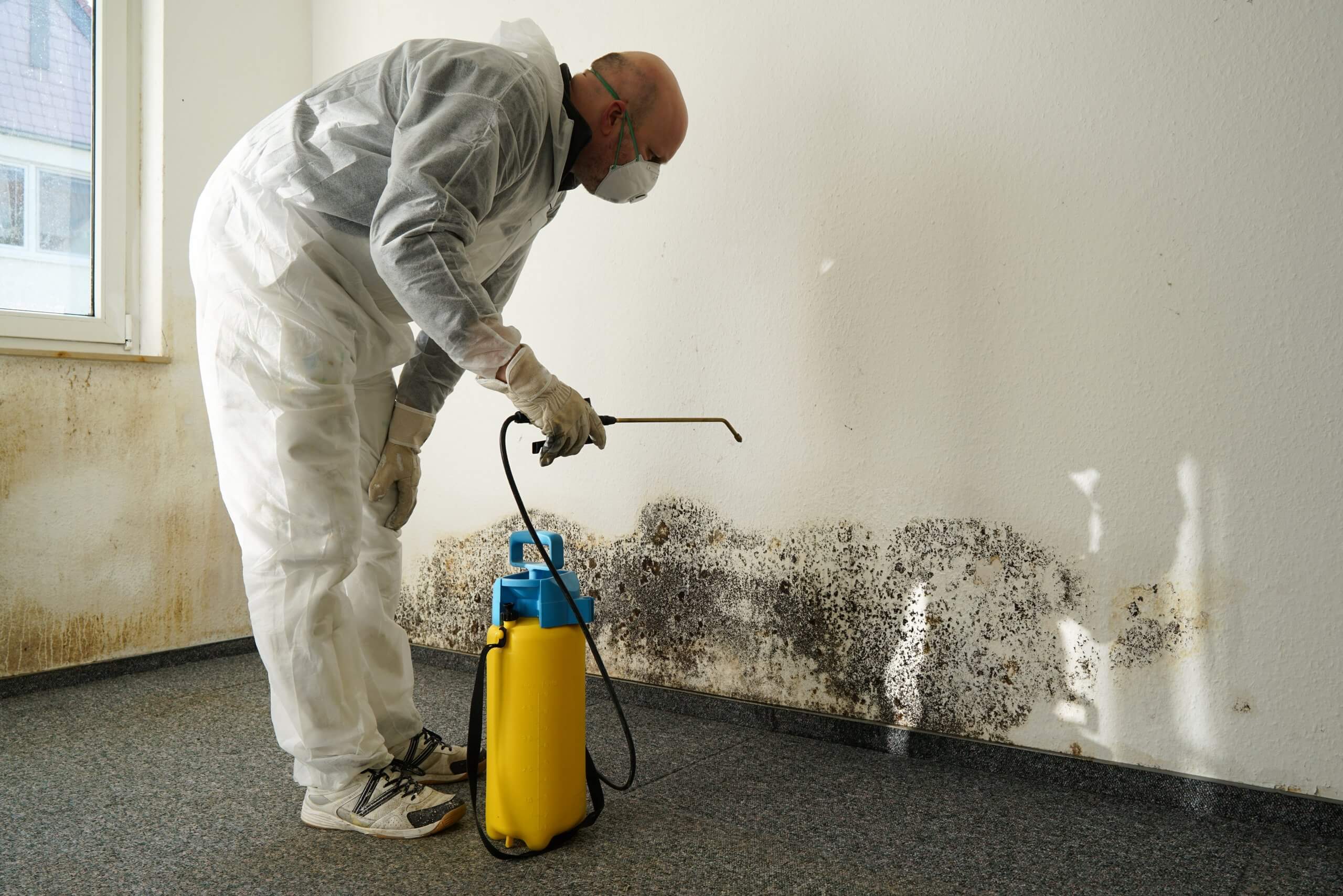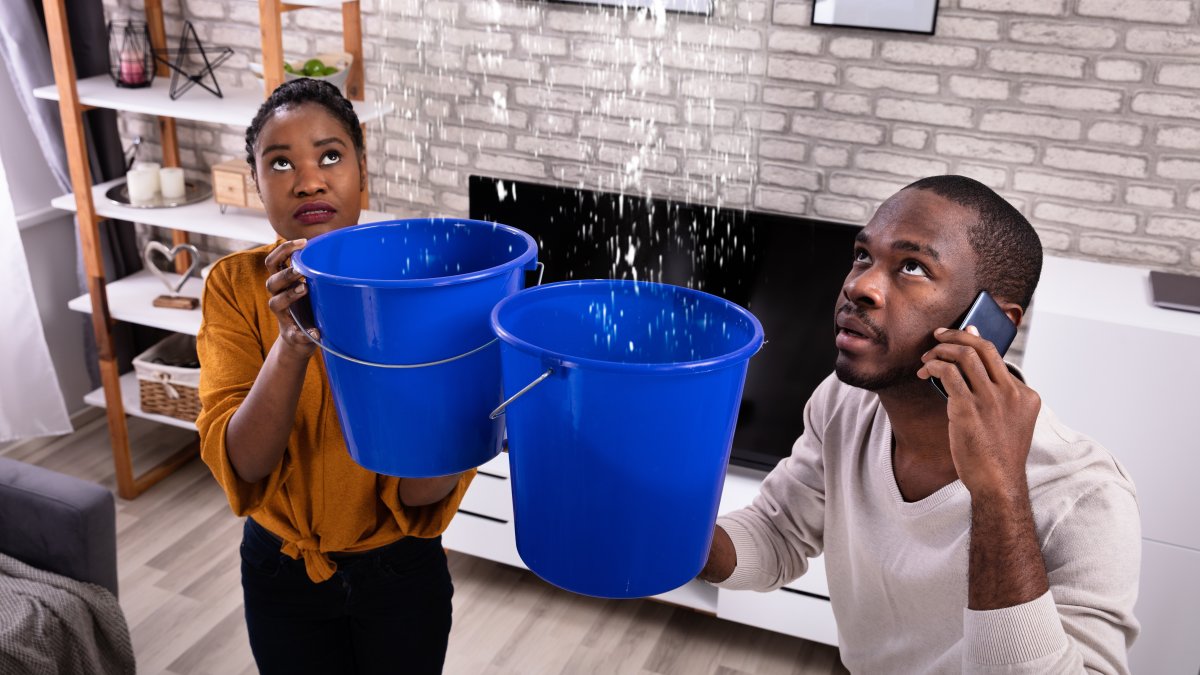
Water damage can be a homeowner’s nightmare not only because of its physically damaging effects on the property but also because of the costly repairs it would often entail. Aside from these, water damage can also be hazardous to health as high amounts of moisture can attract bacterial growth and animal infestation. The biggest challenge when it comes to dealing with water damage is that it can happen anytime for numerous reasons, often catching homeowners off-guard and unprepared to handle the extent of the damage left in their property.
Here are some of the common causes of water damage in a home:
- Severe weather
- Roof leaks and clogged gutters
- Pipe leaks
- Clogged drains
Furthermore, it can be emotionally taxing for the homeowners to see their property damaged and flooded. This experience may leave many of them feeling anxious, frustrated, and even confused about what should be done with the problem at hand. While some damage may be less impactful and easier to fix than others, oftentimes homeowners will have to seek professional services for restoration and repair. For these purposes, many companies are specializing in water damage restoration for businesses and residential properties alike, such as Summit Cleaning & Restoration in Salem. Additionally, these companies may offer other services which could be useful in restoring a property after major leaks or flooding, such as mold treatment or remediation, odor removal, dealing with biohazards, etc.
Given the challenges that come with tackling water damage in a property, it may be useful for homeowners to gather sufficient information that could help them in case of emergencies. If you’d like to know more about how to effectively restore a water-damaged home, you can consider the following points.
1. Different Types of Water
Three types of water can cause damage to your home. The first one is clean water which comes from rain, HVAC condensation, pipe leaks, and others. Since the water coming from these sources is usually clear with no harmful substances, you can either choose to clean up and dry the area on your own using basic household tools, or you can also seek out companies that provide basic water damage services which usually incur minimal costs.
Greywater, on the other hand, refers to the wastewater coming from households or commercial spaces. This type of water usually comes from washing machines, bathrooms, dishwashers, etc. Even if greywater is slightly dirty and maybe contaminated at times, it can still be safe to clean up without professional assistance provided that you’re wearing safety gear for protection.
The last type is called blackwater which comes from sewage systems, heavy flooding, or overflowing bodies of water near your area. Blackwater usually contains large amounts of waste, bacteria, and other hazardous contaminants. As such, exposure to this kind of water is dangerous as it can cause serious health problems. In case of blackwater flooding in your property, you’ll need to hire professional cleaning and restoration services, which usually cost around USD$7 per square foot.
2. Rusty Water
This is a major red flag if you’re experiencing rusty or discolored water when you turn on the hot tap. It often signifies that your water heater’s interior tank is corroding, which can lead to leaks and failures check Sameday BC Fix Water Heater who can do hot water installation. It’s best to replace your heater before it becomes a significant issue.
3. Removing Damaged Items
After the water has been cleared, it’s common to find items submerged in the water to be heavily damaged beyond repair. Some of these items include those made with porous, absorbent materials like wall insulation, draperies, furniture coverings, beddings, carpets, etc. Apart from the odor and stains caused by being soaked in dirty water, most of these items will commonly lose their shape, leaving permanent damage. Another reason why they may have to be discarded is that they may attract mold and mildew which can pose health risks.
4. Cleaning And Disinfection
After removing the damaged items and materials, you or your cleaning team will need to disinfect the entire area before you get started with a thorough cleaning to get rid of hazardous contaminants and substances brought by the leakage or flooding.
While DIY methods can be effective for minor damages, in severe cases, it’s crucial to seek the expertise of a professional water damage restoration in Draper to ensure all contaminants are thoroughly removed and your home is restored to its original state.
Commonly, homeowners prefer to use bleach with antibacterial properties which can also help with cleaning the surfaces. However, those who prefer organic cleaning agents can also use home or pantry items such as vinegar, baking soda, or hot water with essential oils. To disinfect surfaces, you can spray the disinfectant solution in a small area and wipe it down.
5. Moisture Removal
After clearing the bulk of the water leakage or flooding, it’s important to dry out all the moisture using a fan for smaller areas and a large-capacity dehumidifier for bigger spaces. The key is to make sure that the wood, carpet, and other structural materials are completely dry and free of any kind of moisture that could potentially aggravate the damages incurred.
6. Molds Growth
Because of the concentrated moisture, molds are usually found around areas damaged by water, with a possibility of mold growth in as fast as 24 hours. The presence of mold in enclosed spaces can be hazardous to human health, and it also damages the material where it grows. As such, it’s important to address the problem right away to prevent mold from spreading to other parts of the home.

If the mold growth covered only a small area, you can remove the affected part, seal it in a bag and discard it. However, you’ll need to call on mold remediation experts in case of serious mold damage. Before the mold is contained, you’ll have to vacate your home or the area where there’s contamination and turn off the ventilation systems to stop air circulation to prevent fungal spores from spreading.
7. Repairing The Ceiling
When it comes to repairs after water damage, ceilings are usually the ones to get fixed first because there’s a risk that their structural integrity has been compromised after being soaked or submerged in water for some time. Given this, the ceiling may break or fall apart, which could be dangerous for both the occupants and the workers fixing the water damage.
Commonly, home restoration experts start with removing the damaged ceiling panels or boards to find out where the leak is coming from if the water came from the roof. It’s also key to take note of any signs that the structural frame has been compromised and may need to be replaced as a safety precaution. In this process, it’s essential to ensure that the source of water damage has been identified and fixed and that the ceiling structure is repaired or replaced effectively up to safety standards.
8. Replace Damaged Wood
All severely shrunk, rotted, or warped wooden structures in your home will most likely need to be replaced. This is because repairs would incur the same costs more often than not, and the results aren’t guaranteed. Apart from the wood flooring, you’ll also need to assess the extent of the damage done underneath them. Underlayment and padding found under floorboards are susceptible to water damage and would usually need to be replaced. However, if the surface underneath didn’t incur serious damage, cleaning and drying it would often suffice. The key is to ensure that there’s no moisture trapped under the structures so that the replacement materials won’t be exposed to them.
When replacing your damaged flooring, you could consider investing in water-resistant wood such as vinyl, ceramic tiles, and other engineered wood materials that are more resilient when it comes to water damage. This way, you can minimize the risk of incurring the same extent of water damage on your property in the future in case you’ll be faced with the same situation.
9. Replacing The Drywall
Most walls and ceilings inside a house are made with drywall. Drywalls can be susceptible to any amount of moisture which can make their material weak and prone to breakage. Additionally, having wet drywall can also cause mold to grow and spread in the home. This is why it’s important to replace the drywall exposed to or submerged in water.
10. Replacing External Siding
The external siding protects a home against water damage. However, when water permeates behind it, moisture can be trapped and could seep into your home’s insulation materials which could result in mold growth. It can also cause structural damage to the home in the long run as the wooden structures in your home can rot due to moisture. As such, it’s important to check whether a replacement is needed. Though some homeowners can replace the sidings on their own, many prefer to hire a professional to ensure the quality of work done.
11. Seal, Caulk, And Paint
After replacing all of the damaged items and materials, you can add finishing touches that can both add protection and enhance the visual appeal of the area you’ve repaired. You can add caulk and sealant to edges that would need protection from moisture, and then paint or stain surfaces as needed.
Conclusion
Dealing with water damage can be a daunting task for anyone, and it’s a situation that’s best prevented. However, there may be many inevitable circumstances that may cause damage to your property. As such, what you can do as a homeowner is to gather as much information as you could so that you’ll know how to protect, repair, and restore your property no matter the situation.
Kane Walker
Related posts
Stay connected
- How LoveOn Chat Is Becoming the Most Versatile AI Companion for Digital UsersThe internet keeps shifting toward hyper-personal interaction, and AI companions are at the center of this shift. What used to be simple chatbots are now evolving into emotionally aware, adaptive, and multi-functional digital partners. Among the new generation of platforms, LoveOn Chat is becoming one... The post How LoveOn Chat Is Becoming the Most Versatile […]

